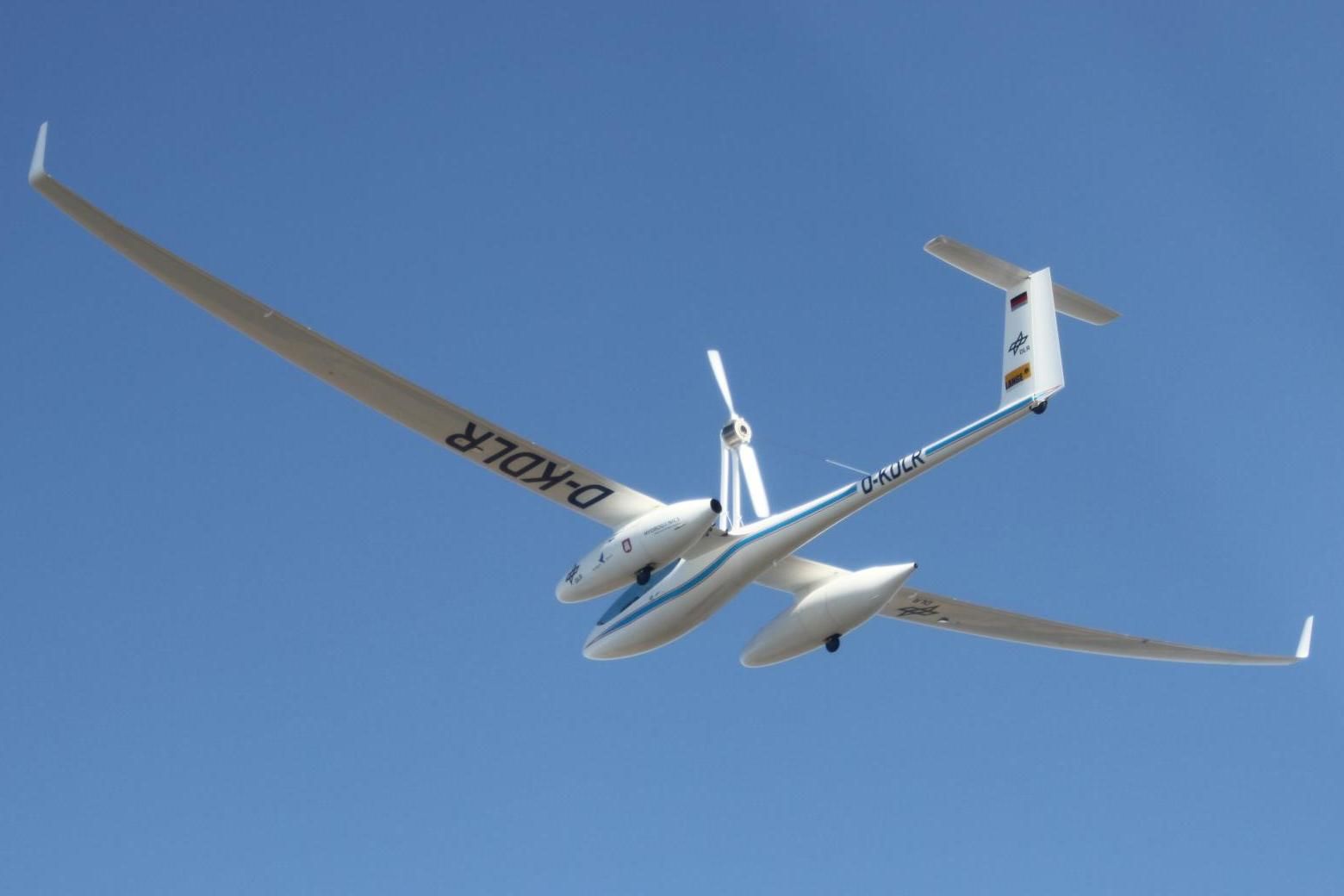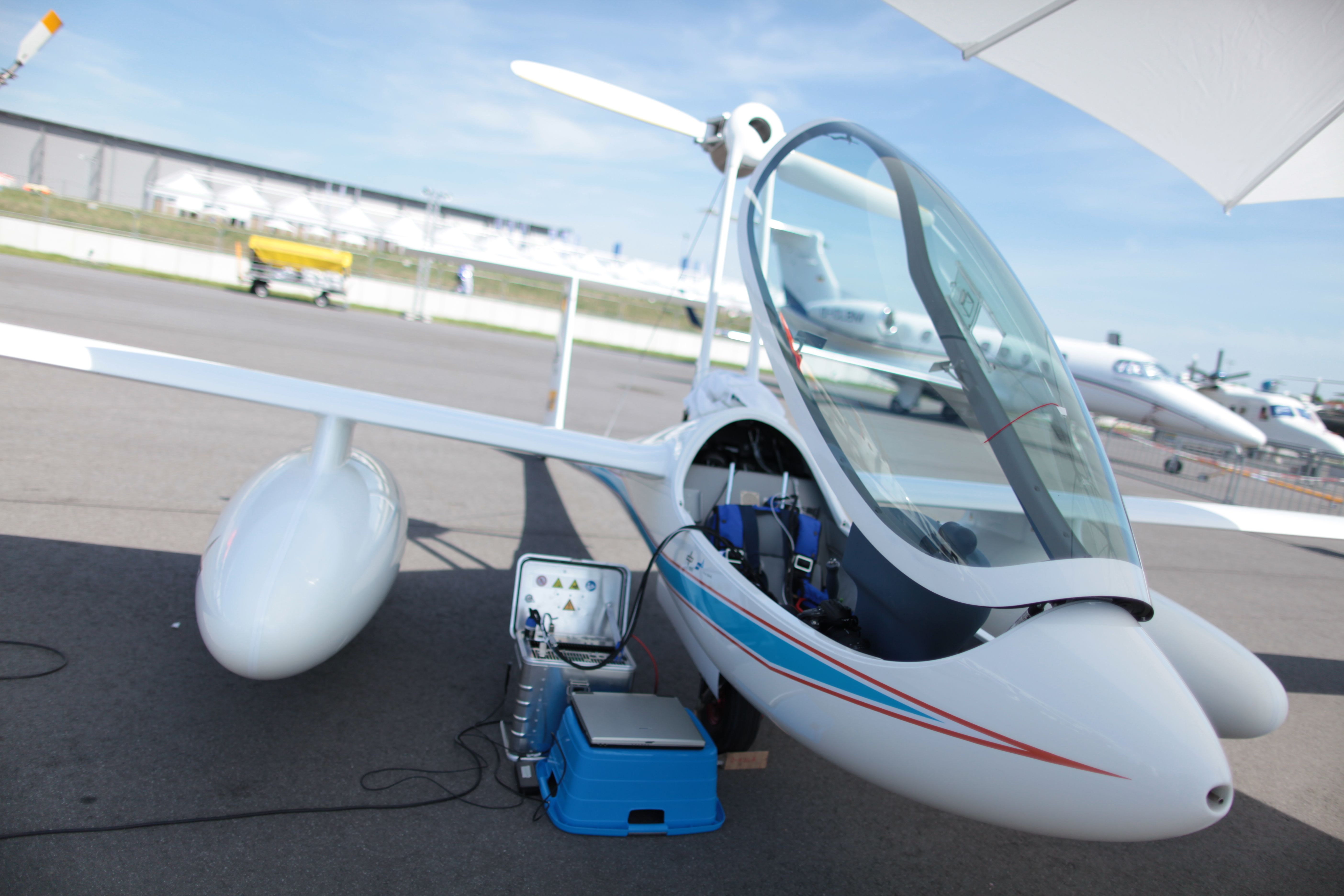Hydrogen has three times more energy density than jet fuel. Hydrogen-powered engines do not produce carbon dioxide and nitrogen oxide. Liquid hydrogen can be used for the combustion process in turbine engines.
Alternatively, electrical energy created through hydrogen fuel cells provides power to the engines. Despite hydrogen being a promising alternative to jet fuel, the most significant challenges remain.
Hydrogen storage
One of the most significant challenges of liquid hydrogen is its volumetric density. Since hydrogen is significantly lighter than jet fuel, its volumetric density is four times worse. In other words, liquid hydrogen requires four times more volume on the aircraft than jet fuel. Hence, the onboard storage of liquid hydrogen is challenging for aircraft manufacturers.
Cryogenic cylinders are required to store liquid hydrogen while keeping the volume to a minimum. Cryogenic cylinders can store hydrogen at approximately -420 degrees F (-250 degrees C). Deep-freeze temperatures mean specialized materials, thicker walls, and sufficient isolation between stacks of cylinders.
The required weight of hydrogen may only be about a third of jet fuel, but the need for a much higher volume increases the aircraft’s structural weight. While jet fuel can be conveniently stored in wing tanks, hydrogen cylinders would be too large in diameter to fit into wings.
One of the older cryoplane designs Airbus had proposed consisted of hydrogen tanks in the fuselage, above the passenger cabin. An alternate design also showed large cylindrical tanks installed on the outer wings.
Transport and refueling
Hydrogen melts from solid to liquid at -434 degrees F (-259 degrees C) and boils to a gaseous state at -423 degrees F (-253 degrees C). The ideal state to store and consume hydrogen is the liquid state. Liquefying hydrogen consumes nearly a quarter of its energy, reducing the hydrogen-based system’s overall efficiency.
Not only is controlling the temperature essential, but preventing preamble leakage during storage, transport, and refueling is required. If the temperature exceeds -423 degrees F (-253 degrees C), a layer of hydrogen gas can form in the tank. During refueling, gaseous hydrogen can be lost due to vaporization.
While the non-toxicity of hydrogen allows it to be vented in the atmosphere, it is undoubtedly a loss of potential energy if not managed properly.
Combustion behavior
Hydrogen burns much faster than natural gas and requires a controlled combustion process. Airbus proposes hydrogen as “fuel” for combustion as one of the uses of hydrogen technology in its ZEROe project. In such a case, active combustion control must be enforced to account for broader flammability and high burning velocity of hydrogen.
It is noteworthy that using hydrogen as an admixture of natural gas, say about 15-20%, is feasible with the existing technology. General Electric supports numerous gas turbines supporting power generation with various concentrations of hydrogen.
Infrastructure and supply chain
Another challenge is building the infrastructure that supports hydrogen-powered aircraft. While Airbus expects to have the technology readiness level for a hydrogen-combustion propulsion system by 2025, creating the infrastructure can be complex.
Transporting the volatile liquid hydrogen to worldwide locations safely and economically will be a logistical challenge. Moreover, safety parameters associated with handling, storing, and refueling aircraft regularly would require stringent regulations. Airports worldwide have to reinvent their infrastructure for the supply and storage of hydrogen.
While manufacturers are conducting extensive research on hydrogen technology’s use to power aircraft, hydrogen storage, supply chain, and infrastructure challenges must be overcome.
Do you think aircraft manufacturers will find efficient solutions to the hydrogen-technology challenges? Tell us in the comments section.




